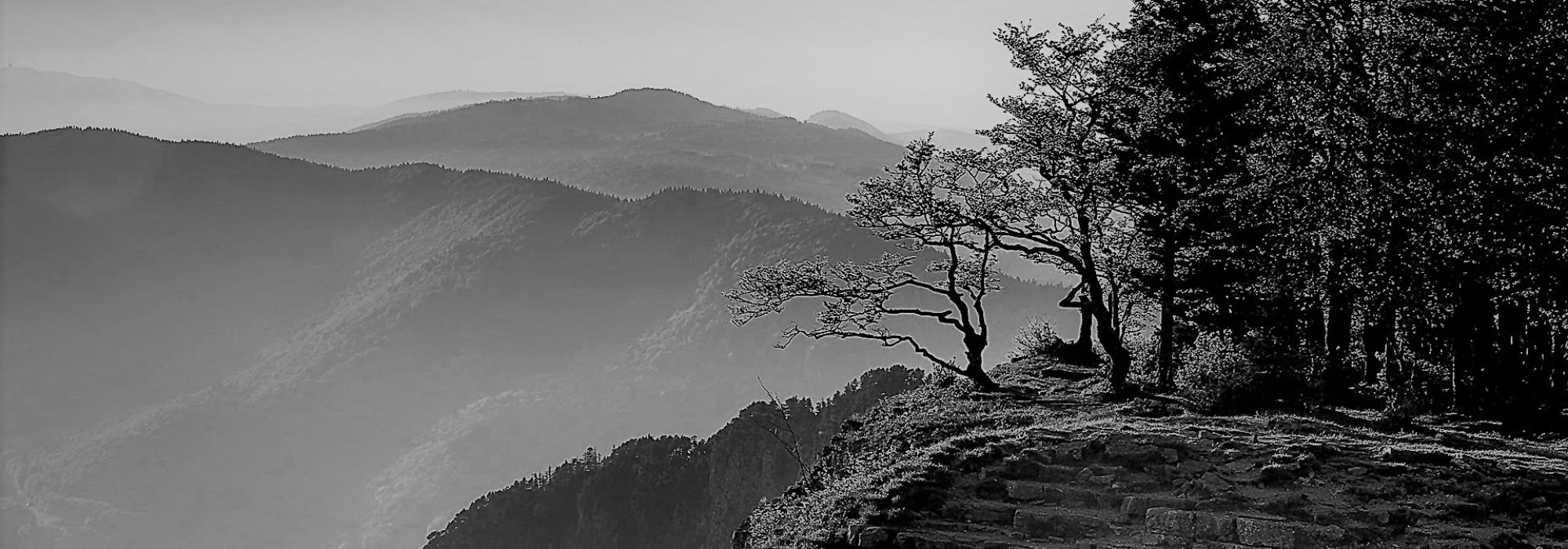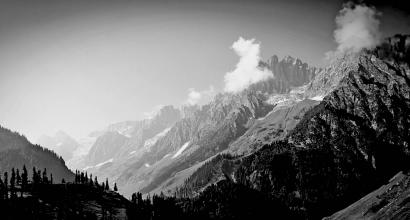Śāṇḍilya who had cried hoarse seeing Vasantasenā body isn’t so sad seeing his preceptor dead, he calls him vācāla - which positively means a great orator but also has a negative connotation signifying that he blabbers a lot! Calls him yogavit - knower of yoga but finally ends his words by stating “even scholars would finally die!” as a matter of fact!
Meanwhile we see Mātā who is disturbed by the news, comes along with Parabhṛtikā to see her daughter, is surprised and happy to see her daughter alive. All the happiness vanishes when her daughter addresses her as vṛśalavṛddhe i.e. old woman of a lowly birth and orders her not to touch her! Parabhṛtikā guesses that it should be the poison which has made her behave like that and runs to get the doctor.
Twice we see that Vasantasenā (i.e. Parivrājaka) withdraws and orders both Śāṇḍilya and Mātā not to touch her as they are unclean, contrast this to his own behaviour where he isn’t bothered about the cleanliness when Śāṇḍilya asks him where to sit! So is he really bothered by that? It is unlikely, here he is rather putting up an act which he feels is the most appropriate!
Rāmilaka arrives and he is also likewise shunned, after being called by names like fool etc. After getting to know the full story he can’t believe that the mere snake-bite to be the cause, and instead guesses that some malevolent being has possessed her!
The doctor arrives. It is interesting to note that he speaks Prakrit. He creates a maṇḍala and tries to call the snake which has bitten her. Vasantasenā ridicules him saying that his efforts are futile, he says that she also has pittha and overpromises saying he will not only get rid of pittha but he will remove vāta and śleṣma too. Rāmilaka asks him to continue his efforts and says “we are not an ungrateful crowd!” which means he would be handsomely rewarded. The doctor excuses himself saying that he’ll bring the snake doctor as this case seems beyond his expertise!
Meanwhile Yamapuruṣa is taken to task by his master for bringing the wrong Vasantasenā, he comes back to correct his mistake only to see that the Parivrājaka has entered Vasantasenā’s body! He is extremely busy since he has to bring more dead people, appreciating Parivrājaka’s prowess, without much of a choice, he places Vasantasenā in his body and disappears!
Parivrājaka wakes up calling Parabhṛtikā, causing anguish in Śāṇḍilya, who instead of being happy concludes that miserable people never die early! ‘Great scholar’ when he died, but a ‘miserable fellow’ if he is alive!
Further Parivrājaka calls Rāmilaka and asks him to embrace him! Śāṇḍilya is stunned, and curses his preceptor asking him to embrace his staff made of kimśuka instead! Parivrājaka says that he is intoxicated for which Śāṇḍilya replies that he has gone mad! Even Rāmilaka says that the behaviour isn’t befitting of his stature but Parivrājaka ignores him and asks for a strong drink. Śāṇḍilya is enraged and tells him to drink poison instead! Readers should note that the mad person says the same thing to Satyasoma in the Matta-vilāsa. Śāṇḍilya also expresses his confusion saying that it has gone beyond all limits and it is neither the Bhagavān nor Ajjukā but some farcical combination of both!
Here again in note 60, Lockwood and Bhat think that this is somehow a parody of the concept of Ardhanārīśvara!
नैव भगवान् । नैव अज्जुका । अथवा भगवदज्जुकं नामेदं संवृत्तम् ।
“This is neither the Bhagavan nor Ajjukā. Better call it ‘Bhagavadajjuka’! 60
60. In these last three sentences, the actor is emphasizing his Buffoon role. This is a two-fold parody of the Ardhanārīśvara concept: first, ‘Bhagavad-Ajjuka’, and second, ‘Ajjuka-Bhagavan’ (implied).”
It looks like Lockwood and Bhat are unaware of the concept of Ardhanārīśvara which has nothing to do with exchange of atmas instead it is to do with the inseparable union.
Parivrājaka further asks Parabhṛtikā to embrace him! When Mātā calls out for Vasantasenā, Parivrājaka answers!
The snake doctor finally arrives with his curebook muttering that he has brought some medicine with eight ingredients and so on, just to show off his knowledge, and starts bossing around asking to bring water and acting busy, he is convinced now that Vasantasenā is being possessed, but he is subjected to a stern examination by her! She first asks him if there is a cure and asks him his sources, when he mutters trying to remember, Śāṇḍilya is impressed even by that, but he understands that they both are similar and he might have forgotten his learning or hadn’t even bothered to learn anything in the first place! He helps the doctor with the book and the doctor again makes an elementary mistake and caught by Vasantasenā who teaches him grammar saying that ‘sarpa’ being of masculine gender, one should say, ‘trayaḥ sarpāḥ’ not ‘trīṇi sarpāḥ’! The doctor interjects saying, ‘Indeed it’s the grammar-snake which has bitten her!’ He is further examined about the stages of deterioration caused by poisoning, he says there are hundred stages which is again corrected by Vasantasenā who says there are only seven stages - goose bumps, parched mouth, draining of colour, shivers, hiccups, gasping for breath and losing consciousness. Beyond this even the doctors of the devas, the aśvins can’t help!
The doctor is exposed as a quack while Parivrājaka seems to be an expert in everything! The doctor runs away humiliated!
Finally when there seems to be no resolution in sight, Yamapuruṣa comes back and requests Parivrājaka to come out of Vasantasenā’s body so that he can perform the swap and finish his work. Parivrājaka accepts and finally the bodies are swapped to the delight of everyone.
When Śāṇḍilya asks Parivrājaka about all the events, he says that its a huge story which he will expand upon later. The sun sets by then which is described in an elegant verse.
अस्तंगतो हि दिनकृद्गगनान्तलम्बी
मूषामुखस्थ इव तप्तसुवर्णराशिः ।
यस्य प्रभाभिरनुरञ्जितमेघवृन्द-
मालक्ष्यते दहनगर्भमिवान्तरिक्षम् ॥३६॥[The setting sun hangs on at the edge of the sky
He looks like the molten gold in the crucible
The clouds which have been covered by his brilliance
Looks like they are pregnant with fire in the sky!]
This is the fifteenth part of the multi-part essay on "Critical Appreciation of Prahasanas". Thanks to Śatāvadhāni Dr. R Ganesh, Shashikiran B N and Hari Ravikumar for reviews and valuable inputs.










































